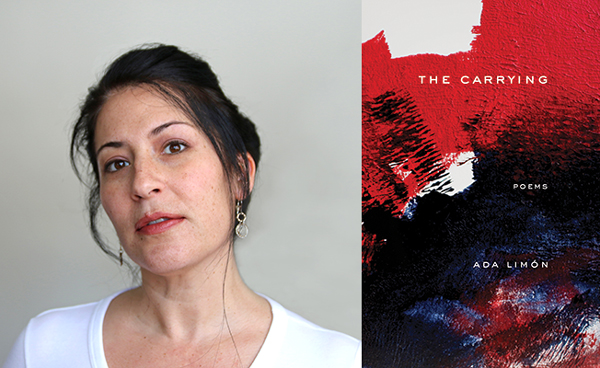
Robert Rodriguez Sits Down with “Father of Chicano Theater” & ‘Zoot Suit,’ ‘La Bamba’ Director Luis Valdez
This Sunday, March 29, Rodriguez sits down with the award-winning film and theater director, who also wears many hats as a university professor, author, activist, and political organizer in “El Rey Network Presents: The Director’s Chair,” (premiering at 8 p.m. ET/8:15 p.m. PT). The insightful interview will be followed by “La Bamba,” the Golden Globe-nominated film for Best Motion Picture drama in 1988, at 9 p.m. ET/9:15 p.m. PT.
In the revealing hour-long special, filmed at the historic Ricardo Montalban Theatre in Los Angeles, Rodriguez delves into Valdez’s impressive career and how he became known as not only a trailblazer for social justice, performing arts and film but also the “Father of Chicano Theater.”…
Link to article


